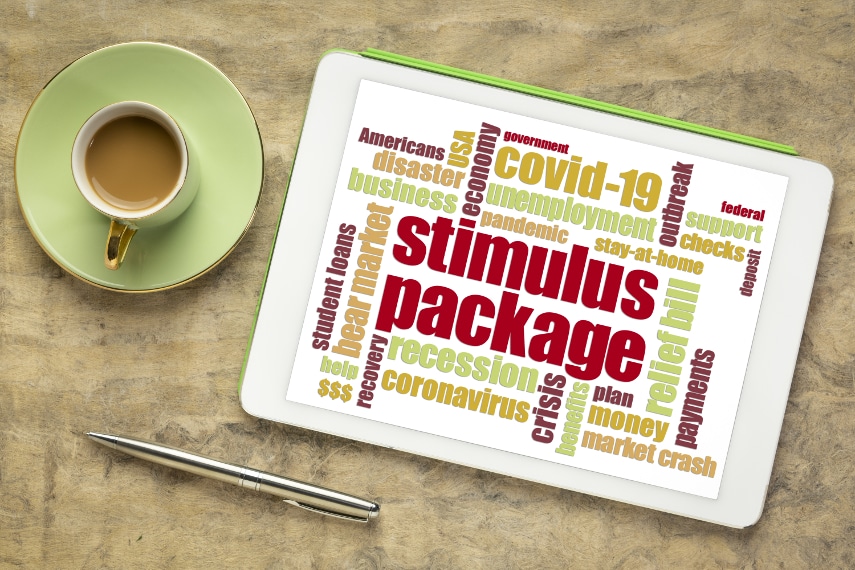6 Indicators of a Potential Recession
It seems that in the media today there are more and more mentions of the dreaded R-word: recession With growing economic uncertainty, the threat of potential recession seems to be growing as...
Economy

With the federal government already having spent over $2 trillion on the last stimulus bill, with the Federal Reserve having added over $2 trillion to its balance sheet since the beginning of March, and with the national debt rapidly approaching $25 trillion, just how much more stimulus spending will we see? The effects of all the money created and spent so far haven’t even begun to appear throughout the economy, and there’s every reason to believe that more money creation and more spending could destroy the dollar and harm savers and investors.
The idea of a lump-sum payment to American households was already relatively radical, and particularly the idea of a $1,200 payment to individuals. Yet the total size of the stimulus package could have paid over $13,000 to every American worker, that’s how much the government spent.
Not content with that one-time payment, House Speaker Nancy Pelosi is floating the idea of a universal basic income, meaning that every American would get a government handout. Given how much money Democrats think most people need to earn in order to eke by, that handout could be on the order of $2,000 a month or even more. Giving that kind of money to every American could mean spending hundreds of billions of dollars every month, and up to $8-10 trillion a year.
The federal government is already at risk of running a deficit this year that is even larger than its revenues. Trillions of additional dollars spent on economic stimulus would only make the problem more severe.
Sound economists have always ridiculed proposals for a $15/hour minimum wage by pointing out that if a $15 minimum wage is so great, why not enact a $100/hour minimum wage and make everyone rich? Or if a $1,200 handout is so wonderful, why not give every American $1 million so we can completely eliminate poverty and overcome the effects of joblessness? Pointing out the logical progression of those ideas and the extreme levels to which they could be taken underscores the fact that printing money doesn’t create prosperity. Because more money is out there chasing the same amount of goods, prices rise along with the increase in money, meaning that in real terms no one is actually better off.
Yet despite most people understanding the absurdity of giving everyone huge amounts of money in an attempt to stimulate the economy, that’s precisely what we may see in the future. Proposals for a universal basic income will be nothing short of disastrous, yet there is the very real danger that they may garner bipartisan support in Congress. Congress is only too willing to throw money at this economic crisis, and with trillions already spent or pledged, what’s a few additional trillion in the greater scheme of things? If we’ve already spent ourselves $25 trillion into debt, is another $5-10 trillion in spending really going to be that bad? That’s the mindset that pervades in Washington.
The effect of this spending and money creation will devalue financial and investment assets of all types, except for one: precious metals. Gold and silver have stood the test of time and, as assets that have served as money throughout history, they gain in value as fiat paper currencies are devalued through excessive money creation. So while stock and bond investors may fear a complete economic collapse and devaluation of their investments as more and more money is created and pushed into the financial system, gold and silver investors know that the more dollar-denominated assets are devalued by inflation, the better their gold and silver investments will perform.

